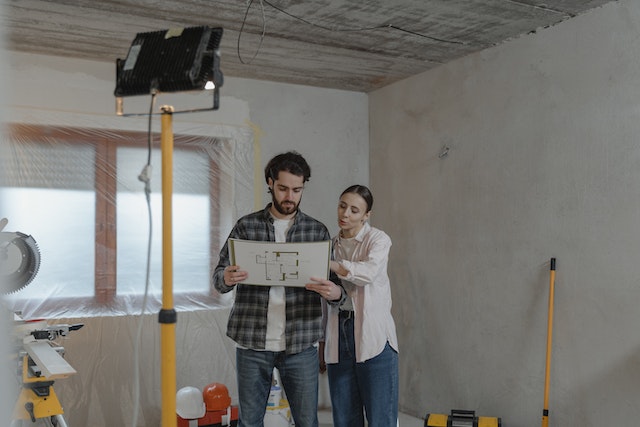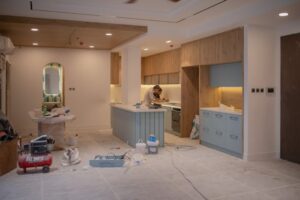
Home improvement projects can be a great way to improve the value of your home and make it look and feel even more inviting. But when it comes to home improvement, budgeting is a major concern. When it comes to home improvement, it can be easy to overspend, but it doesn’t have to be this way.
With a few simple tips, you can make the most of your home improvement budget and still make your home look great. We’ll cover what you should consider when planning and budgeting for your project, how to save money on materials and labor, and how to make sure you’re getting the most value for your money. With these tips, you can make sure you’re making the most of your home improvement budget, and
1. Research Home Improvement Options
Before you start any home improvement project, it’s important to do the necessary research to determine the best options for you. Look at the existing features of your house, and make a list of the improvements you want to make. Research the different materials, brands, and products available to determine what is best for your budget, lifestyle, and home. If you’re working with contractors, make sure to read reviews and ask for references to ensure you’re getting the best service possible. Doing your research upfront will help you save time and money in the long run.
Bringing in a professional home remodeling contractor will also help in determining the true costs for your project and to ensure you stay within your budget. You can find lots of good contractors using review sites such as Houzz, Angie’s List and Yelp.
2. Set a Realistic Budget
Establishing a budget is an important step in any home improvement project. Before you begin work, set a realistic budget and prioritize where you’d like to allocate your financial resources. Consider the scope of the project and its cost, as well as the availability of materials and labor. By setting a budget, you’ll be able to better plan for the costs associated with the project, as well as manage your expectations for the outcome.
3. Prioritize Your Home Improvement Projects
When it comes to home improvement, it’s important to prioritize your projects in order to make the most out of your budget. Start by making a list of all the projects you want to do, then rank them in order of importance. This will help you determine which projects are critical, and which ones can be put off until you have more resources. Consider the value of each project, as well as its impact on the overall look and feel of your home. By taking the time to prioritize your home improvement projects, you can ensure you get the most out of your budget.
4. Utilize Cost-Effective Resources
When it comes to home improvement projects, it is important to utilize cost-effective resources. There are a number of ways to save money without sacrificing quality or style. Try shopping around for the best deals on materials, tools and supplies. You can also consider using recycled materials or purchasing second-hand items. Additionally, look into free or low-cost services, such as local volunteer organizations, to help with labor costs. By utilizing cost-effective resources, you can make the most out of your home improvement budget.
5. Utilize DIY Projects Where Possible
An easy way to save money on home improvement projects is to utilize DIY projects where possible. You don’t need to be a home improvement expert to do some simple jobs around the house. Take the time to research projects you can do yourself, such as painting, installing a backsplash, installing light fixtures, and replacing hardware. Many of these projects can be completed with minimal tools and materials, and you can find step-by-step instructions online. Doing the job yourself will help you save money, as you won’t have to pay for a professional to do it. In addition, you’ll get the satisfaction of knowing you did it yourself.
There are many ways to make the most out of your home improvement budget. From taking inventory of what you already own to researching the best deals, there are numerous strategies to ensure you’re getting the most value for your money. With some careful planning and a bit of creativity, you can make your home a beautiful, functional, and comfortable place to live without breaking the bank.




